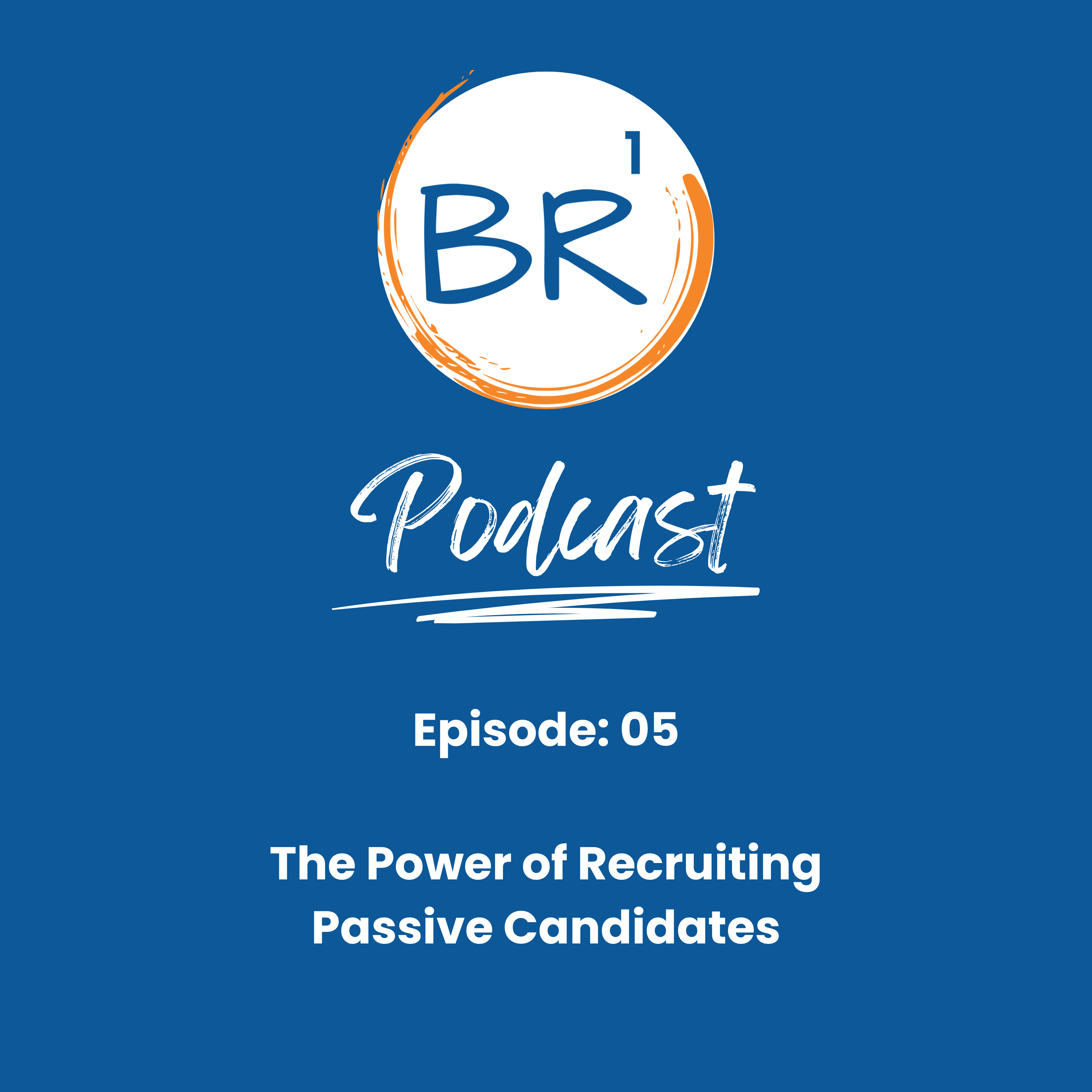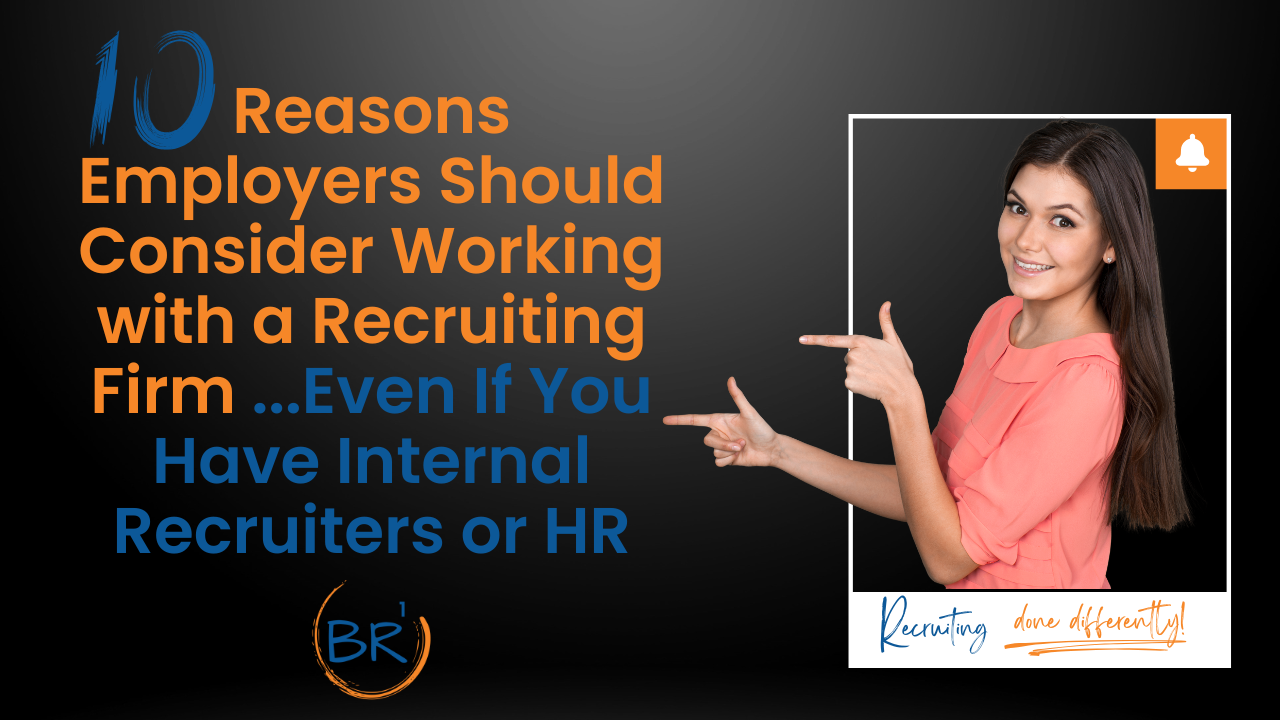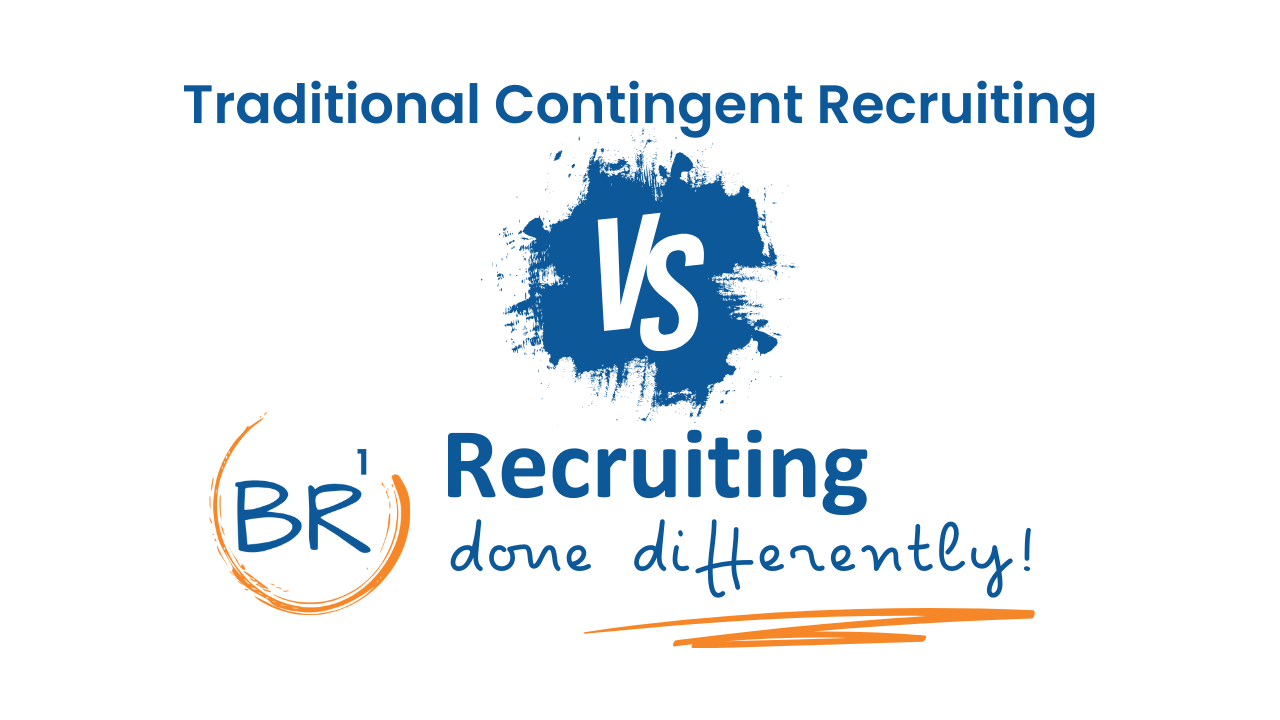Today, we’re diving into a fun topic that could completely transform your hiring approach—why you should be recruiting passive candidates.
We all know the traditional hiring process—posting job ads, screening applications, and interviewing active job seekers. But what about the talented professionals who aren’t actively looking for a new job? These passive candidates may not be actively browsing job boards or submitting resumes, but that doesn’t mean they aren’t open to new opportunities. In fact, recruiting passive candidates can be the key to building a stronger, more competitive team.

Why Focus on Passive Candidates?
They’re Often the Best Talent
Passive candidates are usually employed and performing well in their current roles. They have proven experience and skills, making them highly desirable hires. This isn’t to say there aren’t good candidates actively applying. Our recruiters, for example, will target both active and passive candidates. We post job ads on LinkedIn, Indeed, ZipRecruiter, and niche job boards—all the normal places. But when we publish job posts, we see that as going after the low-hanging fruit. It’s relatively low effort, so why not? And we do sometimes get strong candidates actively applying to jobs. A majority of our best candidates, however, that end up getting hired, are passive candidates—especially for salaried positions.
Less Competition
Since they’re not actively applying to jobs, passive candidates aren’t in the middle of multiple recruiting and hiring processes. This means you’re not competing with a dozen other companies for the same candidate. Instead, you have the unique opportunity to engage with them one-on-one and truly sell the value of your company and the opportunity without the rush of competing offers.
Higher Retention Rates
Studies show that passive candidates, when recruited properly, tend to stay longer in their new roles compared to active job seekers. Because they weren’t in a hurry to leave their last job, they take more time to consider the right fit, leading to better long-term matches. They’re also more likely to be selective about company culture and alignment with their career goals, making them a better investment for your business.
They Bring Fresh Perspectives
Passive candidates can bring in new ideas, approaches, and experiences that your company might not find in a pool of active job seekers. Since they aren’t actively looking, they’re not swayed by common trends or desperate for a job; instead, they bring well-thought-out insights, and unique skill sets from their current employers.
How to Attract Passive Candidates
Make it Easy
Recruiting passive candidates requires a different approach than hiring active job seekers. One crucial factor is making the process as easy as possible for them. Since they’re already employed and not actively job hunting, a cumbersome application or interview process can quickly deter them. Keep the initial steps light—perhaps starting with a casual conversation instead of a formal interview. Offer flexible scheduling options and be upfront about expectations. And whatever you do, don’t make passive candidates jump through hoops filling out forms or paperwork that can wait until later.
Build a Strong Employer Brand
If you want top talent to consider leaving their current roles for your company, they need to see a compelling reason. Showcase your culture, growth opportunities, and employee success stories on your website and social media. I always say that the best recruiting strategy is being your candidates’ best option. This means maintaining a strong online presence, encouraging employees to leave positive reviews, and demonstrating transparency in your business practices.
Boost your employer branding: Why it matter in recruitment.
Network Proactively
Attend industry events, engage with professionals on LinkedIn, and build relationships before you even have an open role. When the time comes, these connections will already be familiar with your company. Creating a talent pipeline takes effort, but the payoff is having access to quality hires before you even need them.
Use Personalized Outreach
A generic job ad won’t cut it. When reaching out to a passive candidate, personalize your message. Highlight specific aspects of their background that make them a great fit and show them why this opportunity is worth considering. Reference their previous work, accomplishments, or even shared connections to create an immediate sense of familiarity and trust.
Offer Growth and Development
Passive candidates aren’t just looking for another job; they want a career move. Emphasize leadership opportunities, skills development, and career progression in your pitch. Candidates aren’t looking for a better job; they're looking for a better life. Make it clear how your company invests in its employees' growth, whether through mentorship programs, continued education, or career progression opportunities.
Work with a Recruiting Firm
Partnering with a recruiting firm can make targeting passive candidates significantly easier. Recruiters have the bandwidth, expertise, and expanded networks to connect with high-quality talent that may not be accessible through traditional hiring methods. They actively maintain relationships with industry professionals, understand the nuances of different roles, and can engage passive candidates in meaningful conversations about career advancement. By leveraging a recruiting firm, you gain access to a broader pool of talent while reducing the time and effort needed to identify and attract top candidates. Additionally, recruiters can help tailor your approach, ensuring that your messaging, interview process, and offers align with what passive candidates expect.
Provide Competitive Compensation and Benefits
Since passive candidates aren’t urgently seeking a new role, they’re more likely to switch for a meaningful improvement in their work-life balance, salary, benefits, or overall career trajectory. Offering competitive compensation, comprehensive benefits, and work-life balance initiatives can make a significant difference in convincing a passive candidate to take the leap.
Why employers should include compensation in job posts.
Final Thoughts
Recruiting passive candidates isn’t just about filling immediate vacancies—it’s about building relationships and creating a pipeline of top talent. By shifting your strategy to include targeting these high-performing professionals that aren’t actively looking, you can gain an advantage in a competitive talent market. Remember, the best candidates aren’t always looking for you—you have to go looking for them.
Let us know if we can help you recruit and retain the right people for your team. Until next time, happy recruiting!




